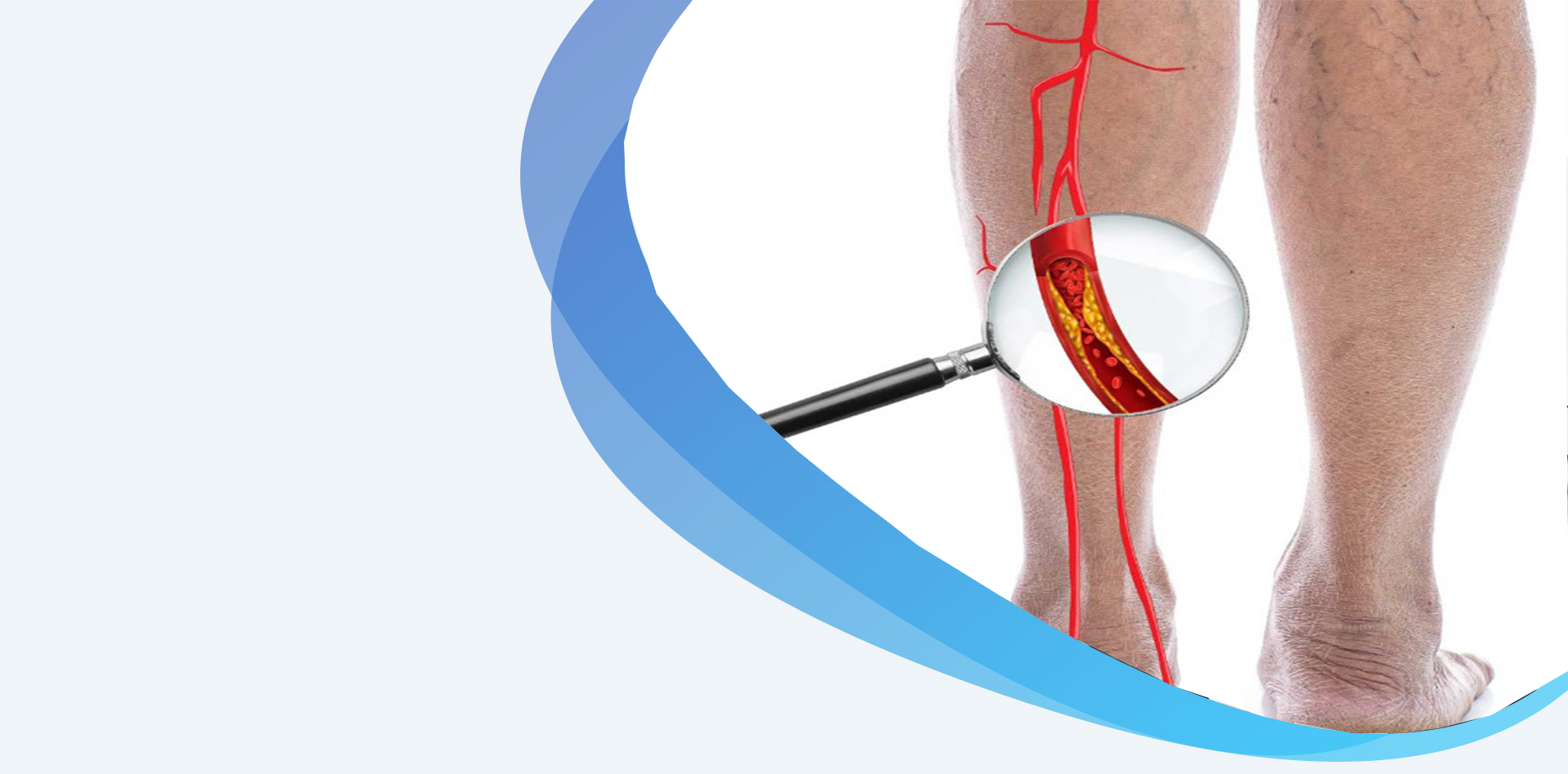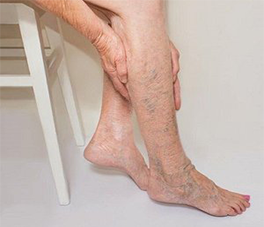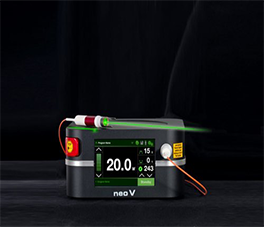Peripheral Arterial Disease


PAD is a chronic disease in which plaque builds up in the arteries to the legs. This buildup typically occurs gradually. If allowed to progress, blood flow in that artery can become limited or blocked all together.
PAD is relatively common, affecting more than 60 million people in the India. It is more common in people who are 65 or older, but can occur at nearly any age. Smoking; high blood pressure; high cholesterol or triglycerides; diabetes; kidney failure; and obesity increase your risk for PAD.

Many patients experience no symptoms.
Fatigue or cramping of your muscles (claudication) in the calf, thigh, hip, or buttock may signal you have PADS. Typically the discomfort is felt after walking a certain distance and goes away with rest.
If you have pain in your toes or feet while resting, you may have an advancing case of PAD.
An open wound or ulcer on your toes or feet, often at a pressure point on the foot, can signal a serious case of PAD. An ulcer can progress to gangrene. These symptoms require immediate medical attention.

The causes of PAD include smoking, high cholesterol or high triglycerides, high blood pressure, diabetes, kidney failure, and obesity. Genetic factors also play a role, but are not well understood.

You will be asked questions about symptoms and medical history, including questions about family members. The vascular surgeon will also perform a physical exam.

PAD is usually treated by aggressively managing the risk factors with lifestyle changes and medication. This includes quitting smoking, controlling blood pressure and cholesterol, controlling diabetes, and losing weight. In addition, an exercise program, if followed faithfully, can significantly improve the symptoms of PAD in many cases.
If PAD is causing serious symptoms, further treatments such as balloon angioplasty, stent placement, or surgical bypass can be very effective in improving the blood flow to the affected leg.


